
- Oct 30, 2025
- —
- 07 mins read
Garage Goblin Exorcism: The 4-Box Weekend Purge
A practical weekend guide to reclaim a cluttered garage using a simple 4-box method (Keep, Donate, Sell, Toss), with zoning, labeling, and a safety plan for hazardous waste.
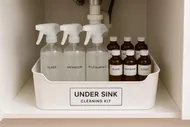
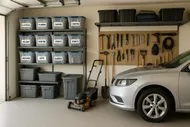




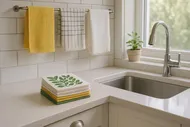
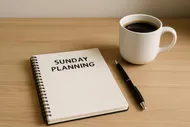
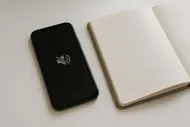
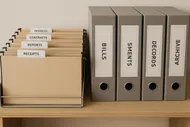
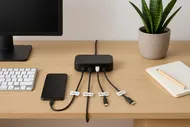


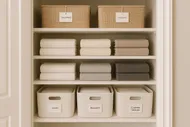
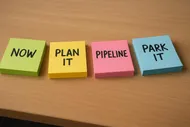
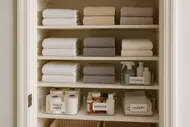
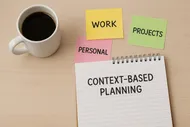

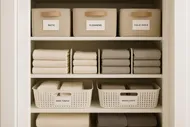
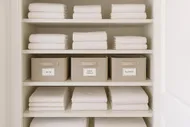

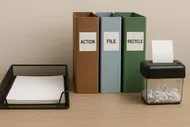


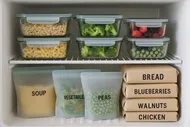
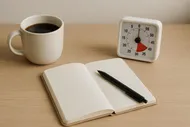

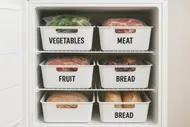
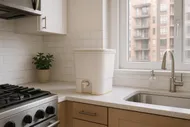



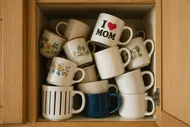

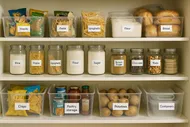
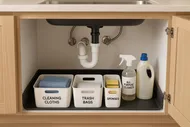
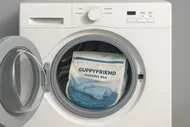
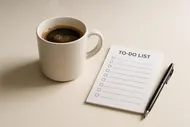
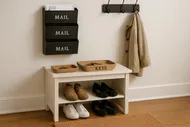
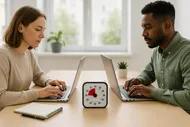

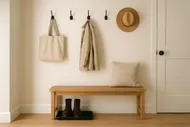



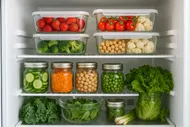
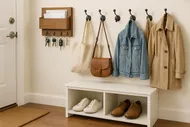

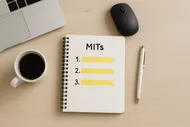


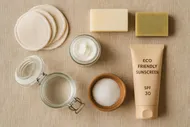
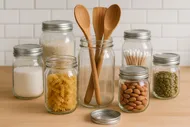
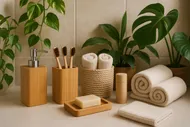



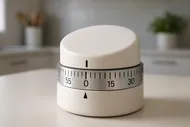



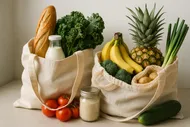
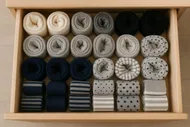








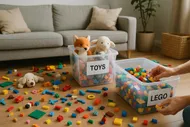

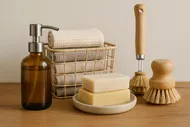
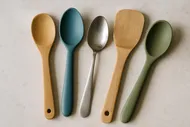


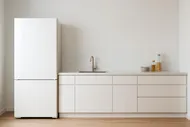
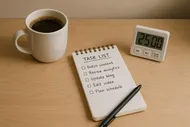

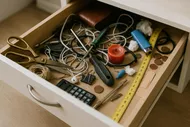
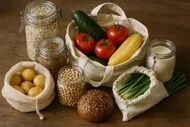


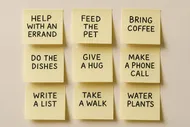








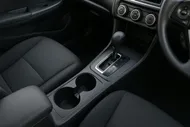
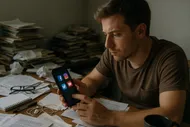




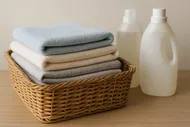

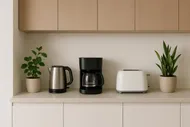









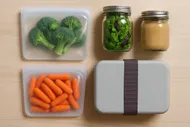
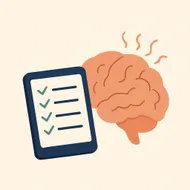





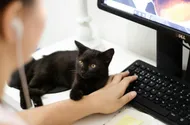



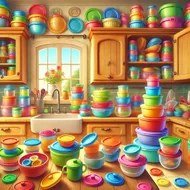

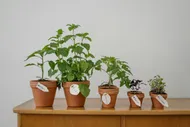



Explorer posts by categories
Explorer posts by tags
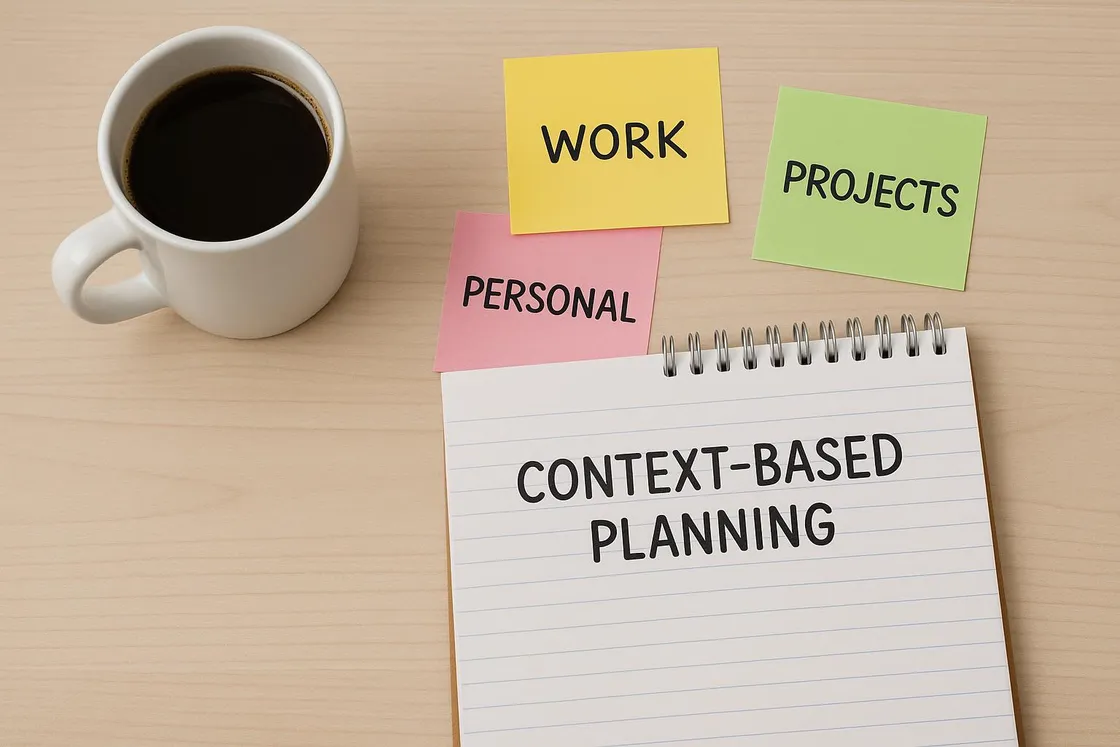
You know those days when your brain feels like a group chat with 47 people all talking at once? Same. That’s why I stopped forcing tasks into a single linear list and started planning by context: energy, location, and people. Translation: do the right task in the right moment with the right brain battery. No more trying to write a report on 2% brain juice or scheduling calls when you’ve got the social energy of a potato.
This approach pairs beautifully with your natural rhythms, reduces decision fatigue, and weirdly makes “working on hard stuff” feel… less hard. It’s a little like sorting laundry: throw everything into the right basket first, then press start.

Think of contexts as filters you apply to your tasks. Instead of one mega-list, you create mini-lists based on:
Then, when you hit a moment in your day, you don’t ask “What should I do?” You ask “What can I do with the energy, place, and people I have right now?” It’s the productivity equivalent of cooking with what’s already in your fridge.
By narrowing your options to what fits your current reality, you cut analysis paralysis. If you only have your phone and low energy, grab your “Phone + Low” list and win a tiny battle instead of doomscrolling.
If you haven’t tried energy-first planning yet, peek at The Energy Budget: Plan Your Day by Batteries, Not Hours. Context lists are its natural sidekick.
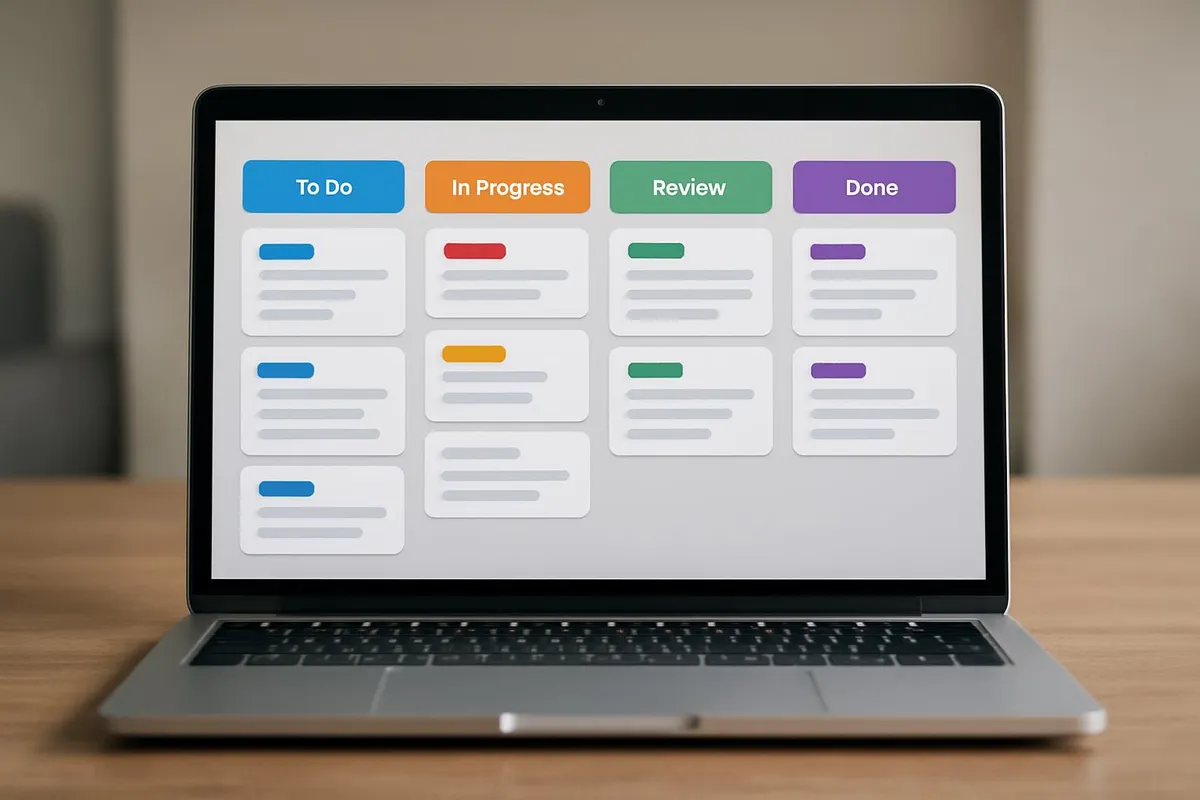
Plans are worthless, but planning is everything.
Dwight D. Eisenhower
Start with simple buckets. You don’t need a rainbow spreadsheet; sticky notes and a fine-point pen will do. If you want to go analog-minimalist, I won’t stop you from using a legal pad like a productivity cowboy.
Energy contexts:
Location/Tool contexts:
People contexts:
If the above looks like a lot, pick 3 to start: High-focus, Low-energy, Phone-only.



Analog lovers: a stack of 3x5 index cards labeled by context is shockingly effective. Digital folks: tags in Todoist, filters in TickTick, or a board in Notion do the trick. If you’re choosing apps, my review might help: The Best To-Do List Apps to Trick Your Brain into Getting Stuff Done.
Pull your current list into one place. Then add 2–3 tags to each task max. Don’t overthink; you’re sorting laundry, not filing taxes.
Examples:
If you’re doing my The 5-Minute Forecast: A Quick Morning Planning Ritual, use it to pick your Big 3 for the day, then tag 3–5 supporting tasks by context for bonus momentum.
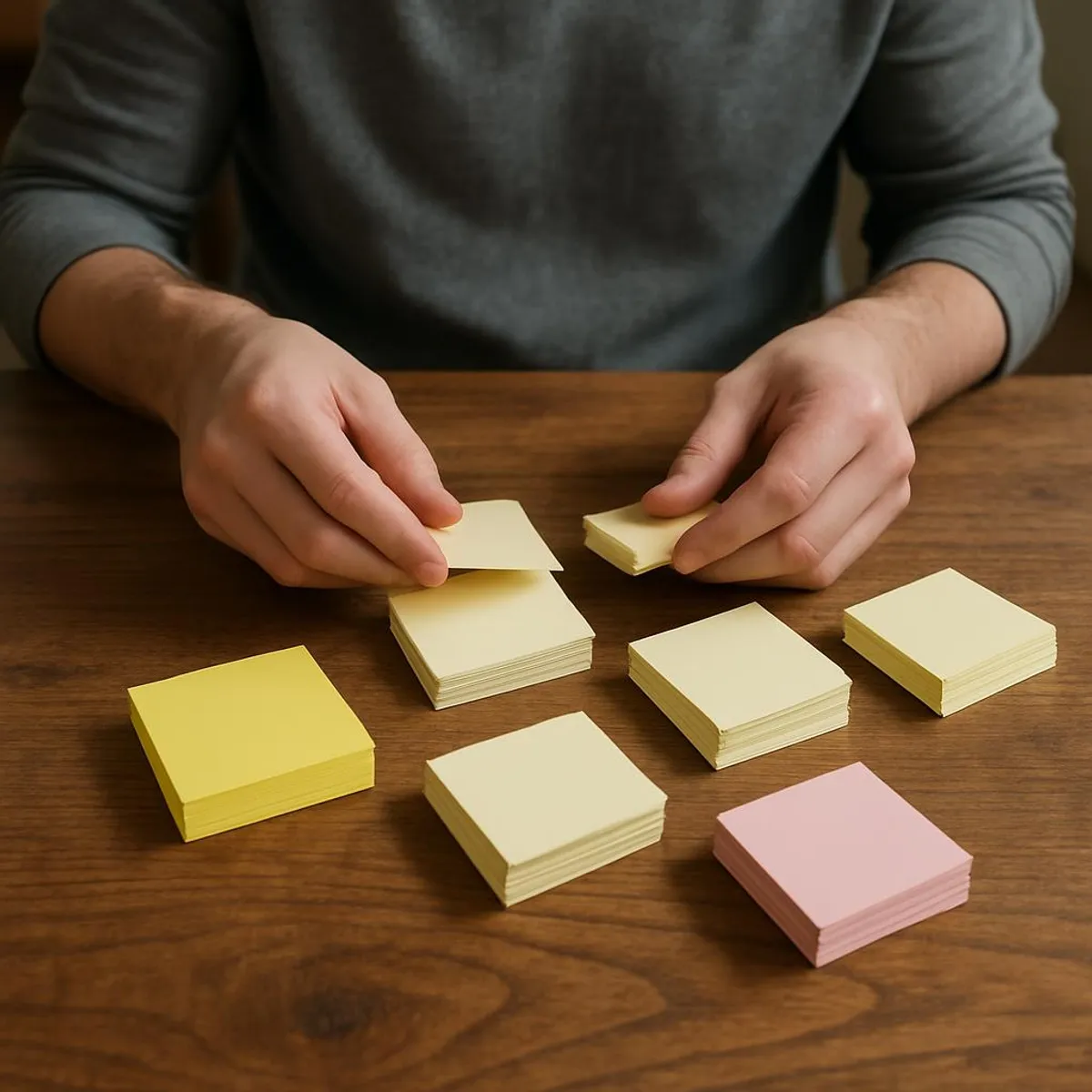
Make your contexts stupidly accessible:
Bonus: Add a “Now” short list with 3 items max—your live playlist for this block. Keep it aligned with The Rule of 3: Put Your Daily To-Do List on a Diet.
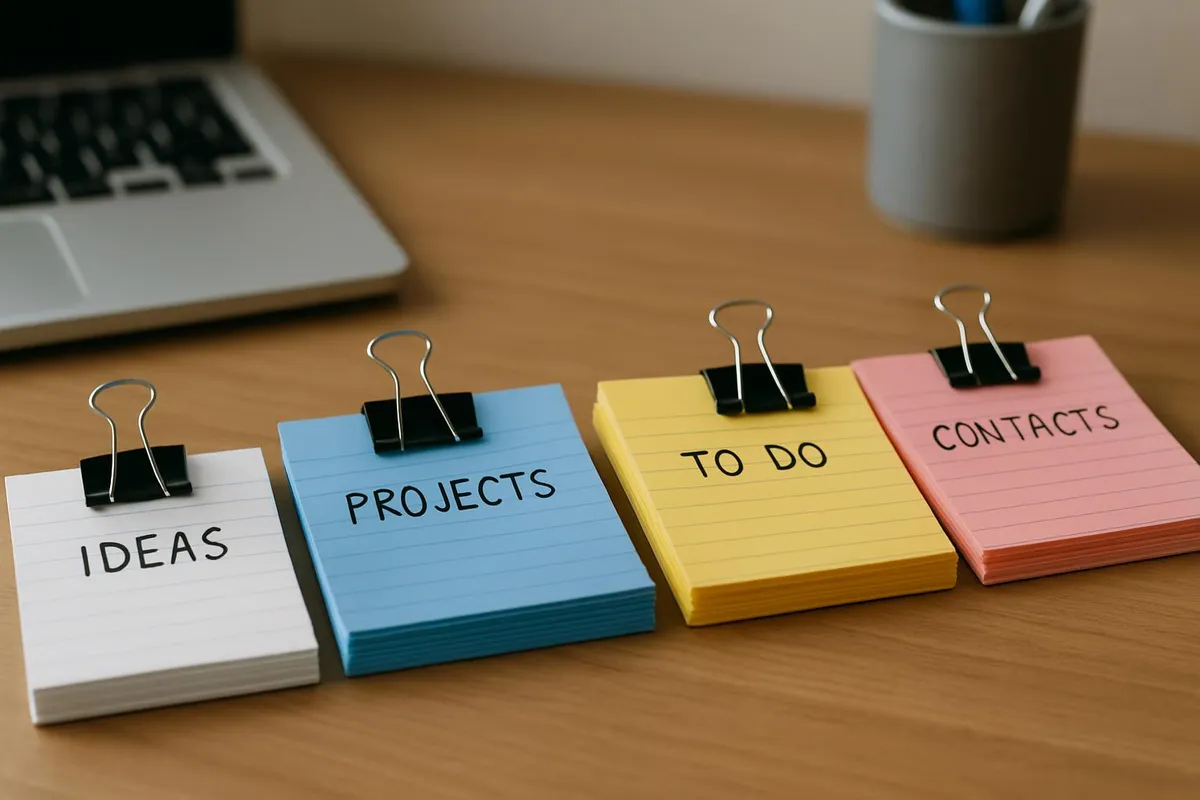
Don’t hard-block every minute; that’s how calendars explode. Instead, use soft blocks: choose a context for a time window, then pick tasks from its list in real time. If a meeting moves, the block flexes. For more on avoiding calendar chaos, read Calendar Cramming: Why Your Time-Blocking Keeps Exploding (And What to Do About It).
Sample soft-block day:
Wrap it with a quick The Shutdown Routine: How 10 Minutes at 5 PM Saves My 9 AM Tomorrow. During shutdown, move unfinished tasks back to their contexts—no shame, no chaos.
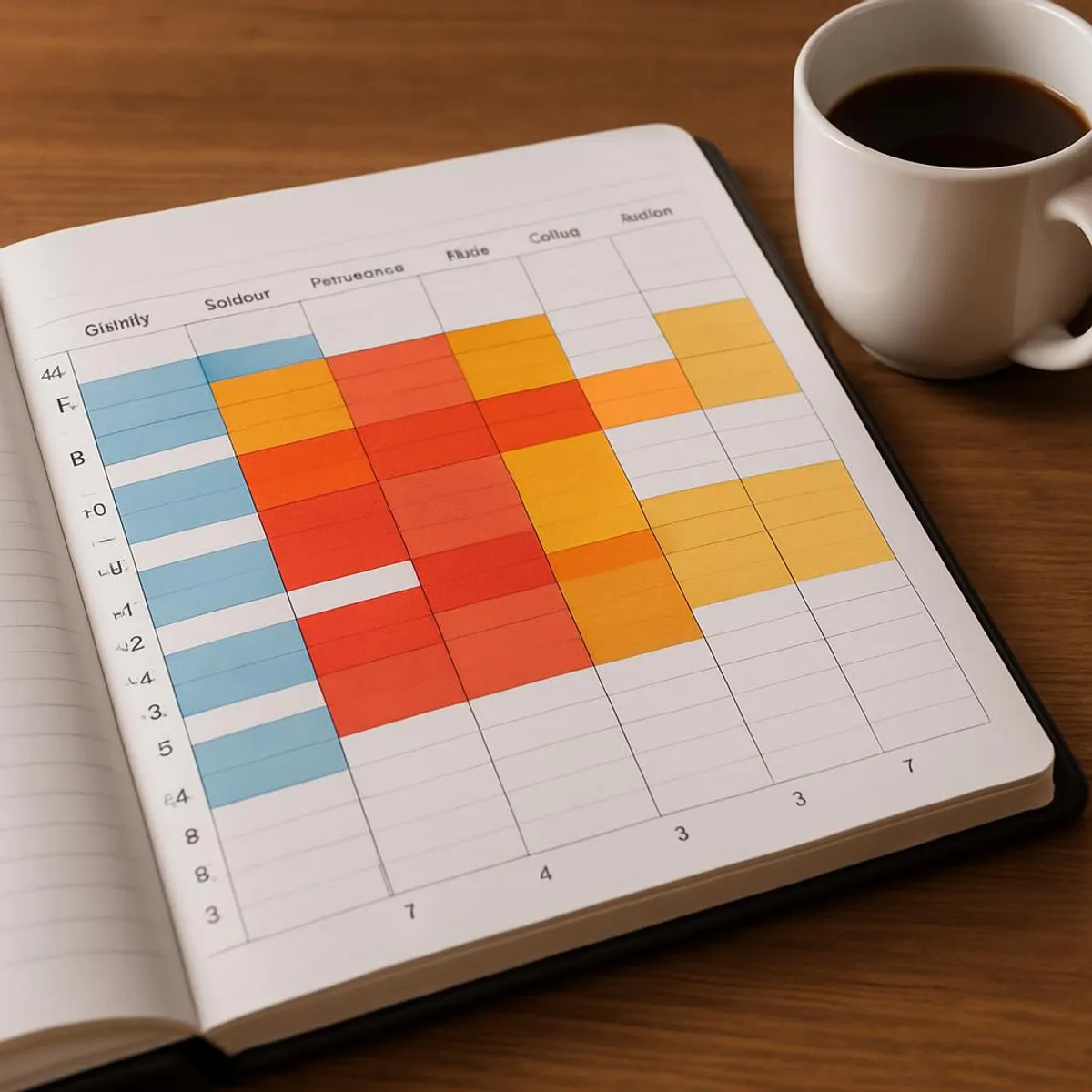
Context lists fail when they’re annoying. Reduce friction:
Gear that helps:
Some product links are affiliate links. If you buy through them, we may earn a small commission at no extra cost to you. It helps fund more experiments (and my coffee habit).
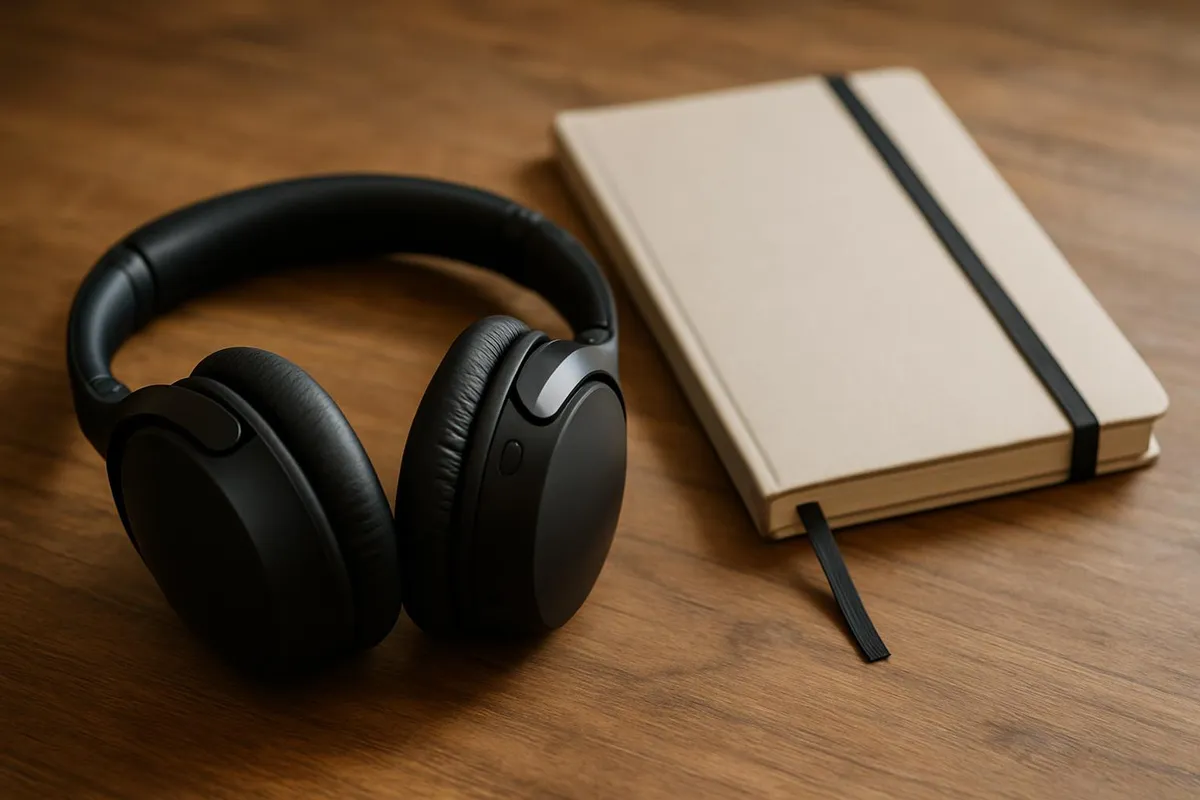
Morning, 9:30 AM, one strong coffee in: High-focus block.
Late morning: Calls.
Afternoon slump: Low-energy + Admin.
Late afternoon: With People.
End of day: Shutdown.

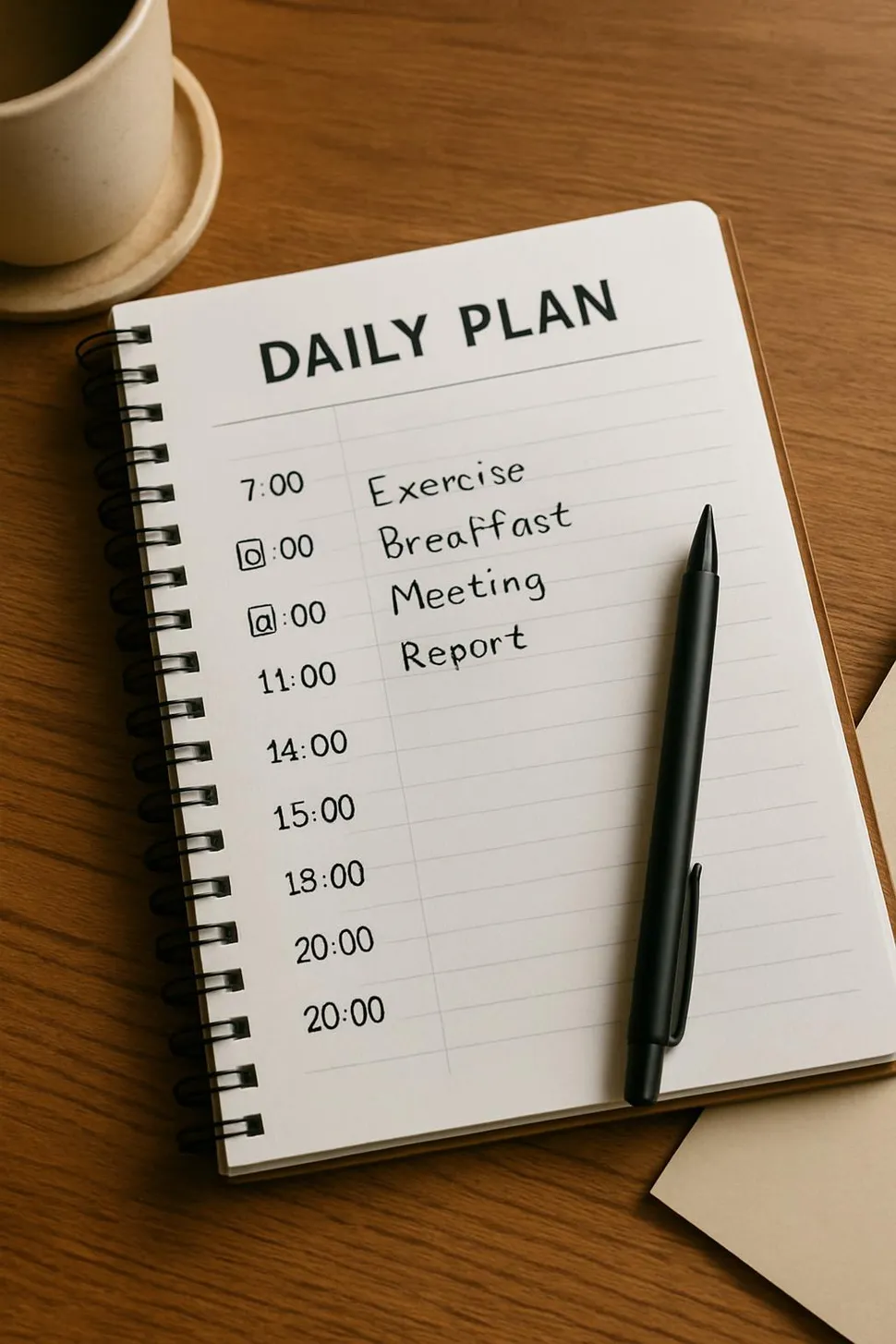

Map your usual energy peaks and slumps from The Energy Budget onto your calendar with soft blocks labeled for the context that fits each window. It’s like a day playlist: focus bangers in the morning, chill admin tracks in the afternoon.
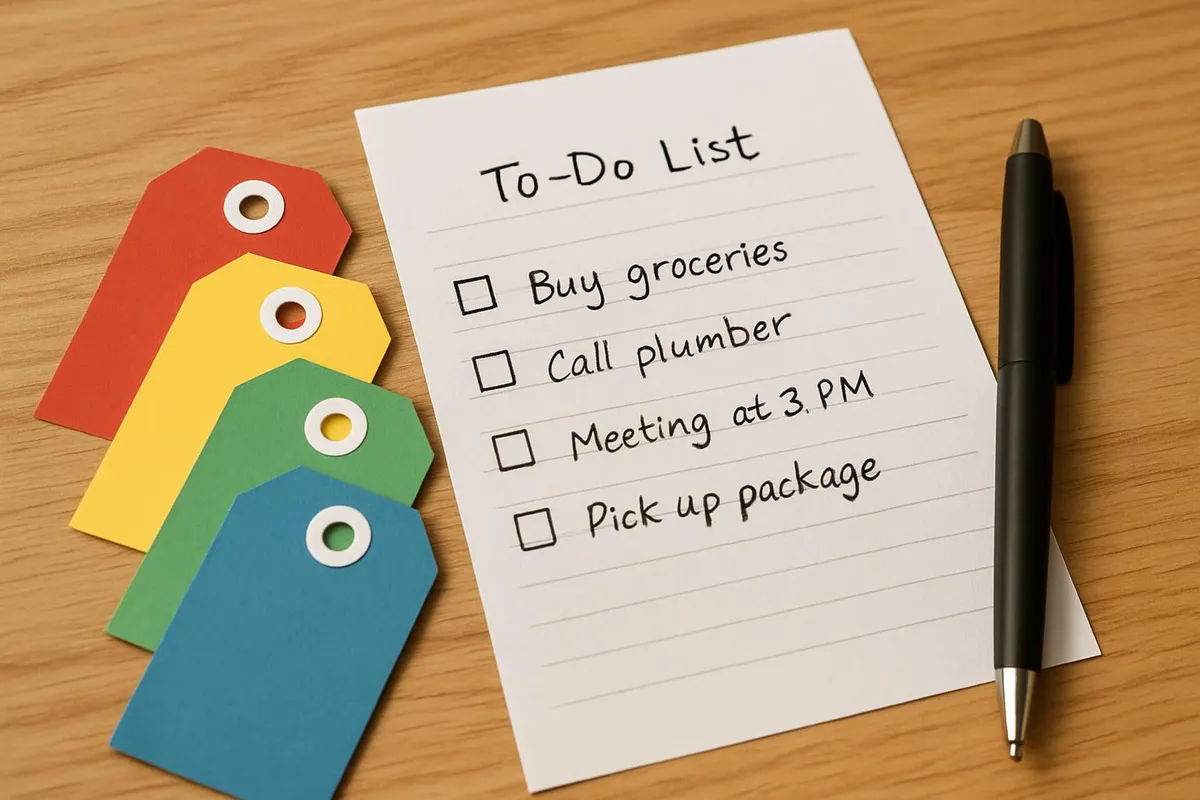
If your brain prefers stickies and a Sharpie, I salute you. Also, read The Post-It Avalanche: How to Actually Use Sticky Notes for Good (Not Chaos) so your desk doesn’t look like a confetti cannon went off.
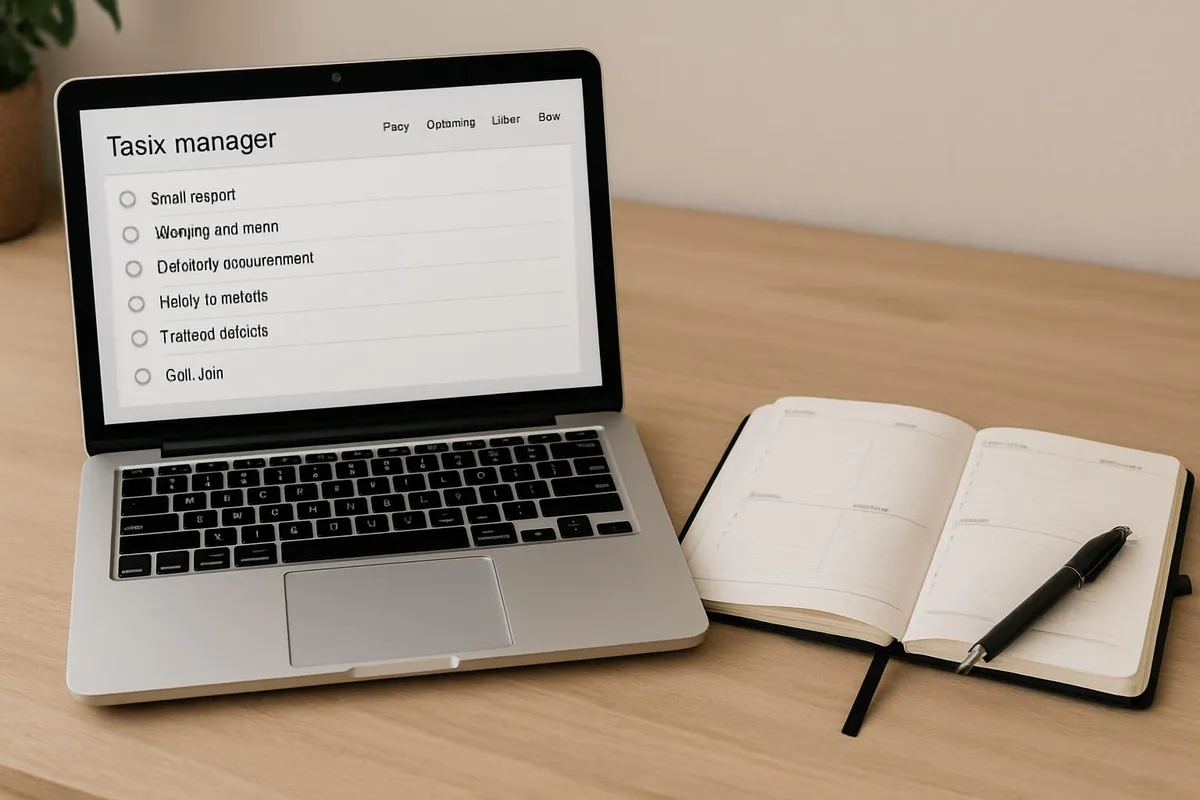
Because experiments beat intentions:
Share your best context stack with me on Instagram. I’ll repost fun ones that don’t make me cry-laugh.
Your value is not measured by how perfectly you follow a plan. Context lists are here to make the right thing easier, not to give you a new way to feel bad.
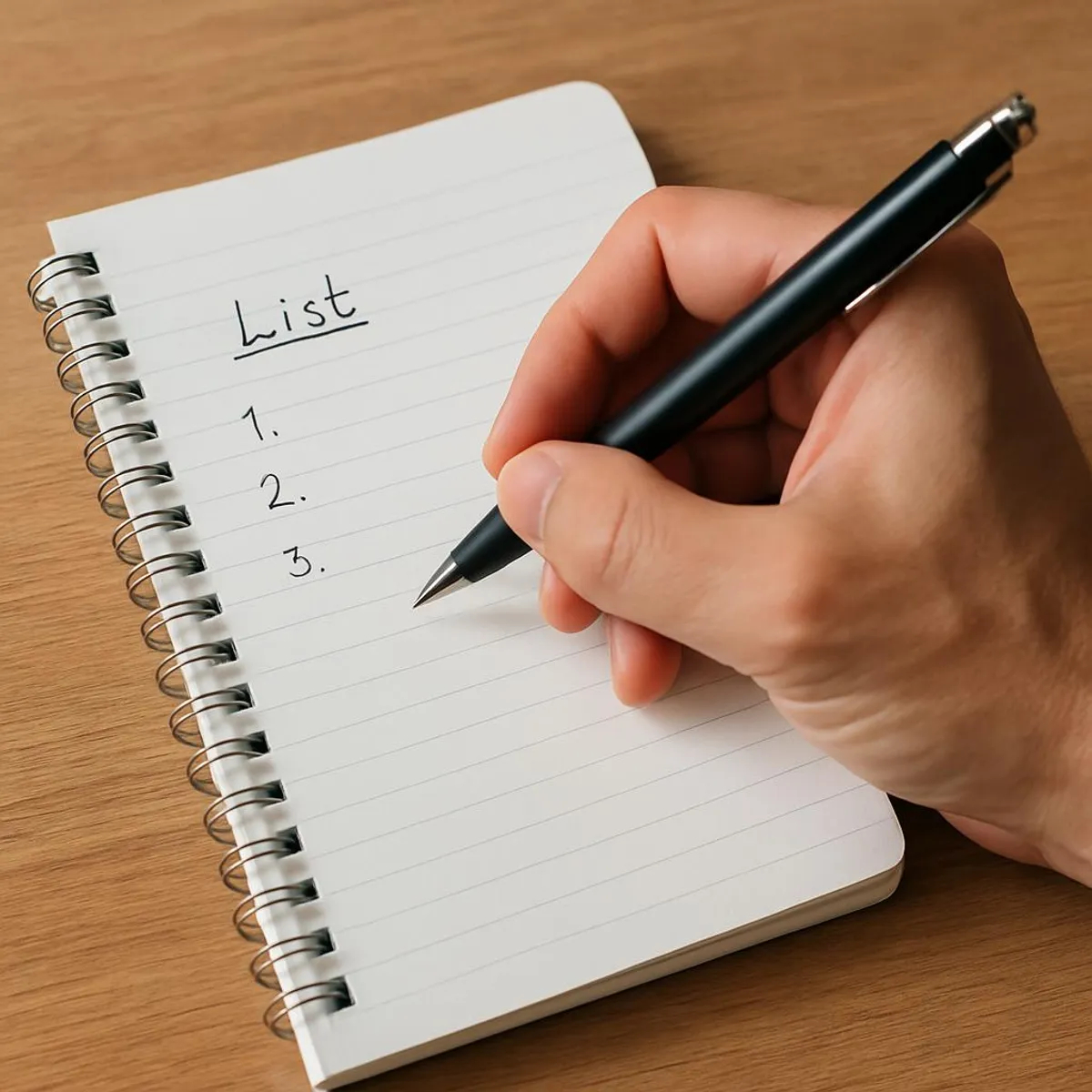
If you try this for a week, tell me your most surprising combo. Mine is “Phone-only + Low” while standing in the kitchen by the snacks. Somehow I become a scheduling machine when there are crackers nearby. Go figure.
And if you want to stack the deck even more, pair context planning with:
Now go match the task to the moment. Your brain will thank you. Your to-do list will look smaller. And somewhere out there, a lonely sticky note will finally get to live its best, context-aware life.

Max Bennett
Max was once the king of procrastination, proudly sporting a "Deadline Enthusiast" badge. After realizing he spent more time organizing his desk than actually working, he dove headfirst into the world of productivity. Max now experiments with unconventional (and sometimes ridiculous) productivity hacks and shares what works—with plenty of laughs along the way.

A practical weekend guide to reclaim a cluttered garage using a simple 4-box method (Keep, Donate, Sell, Toss), with zoning, labeling, and a safety plan for hazardous waste.

A practical guide to decluttering and organizing your linen closet, featuring a simple towel-counting formula, practical folding methods, zone labeling, and a quick 30-minute reset.

Two-week experiment testing brown noise, lo-fi beats, and nature sounds to see which actually boost deep work, admin tasks, and planning. Includes simple playlists, gear ideas, and actionable rituals to build your personal focus soundtrack menu.